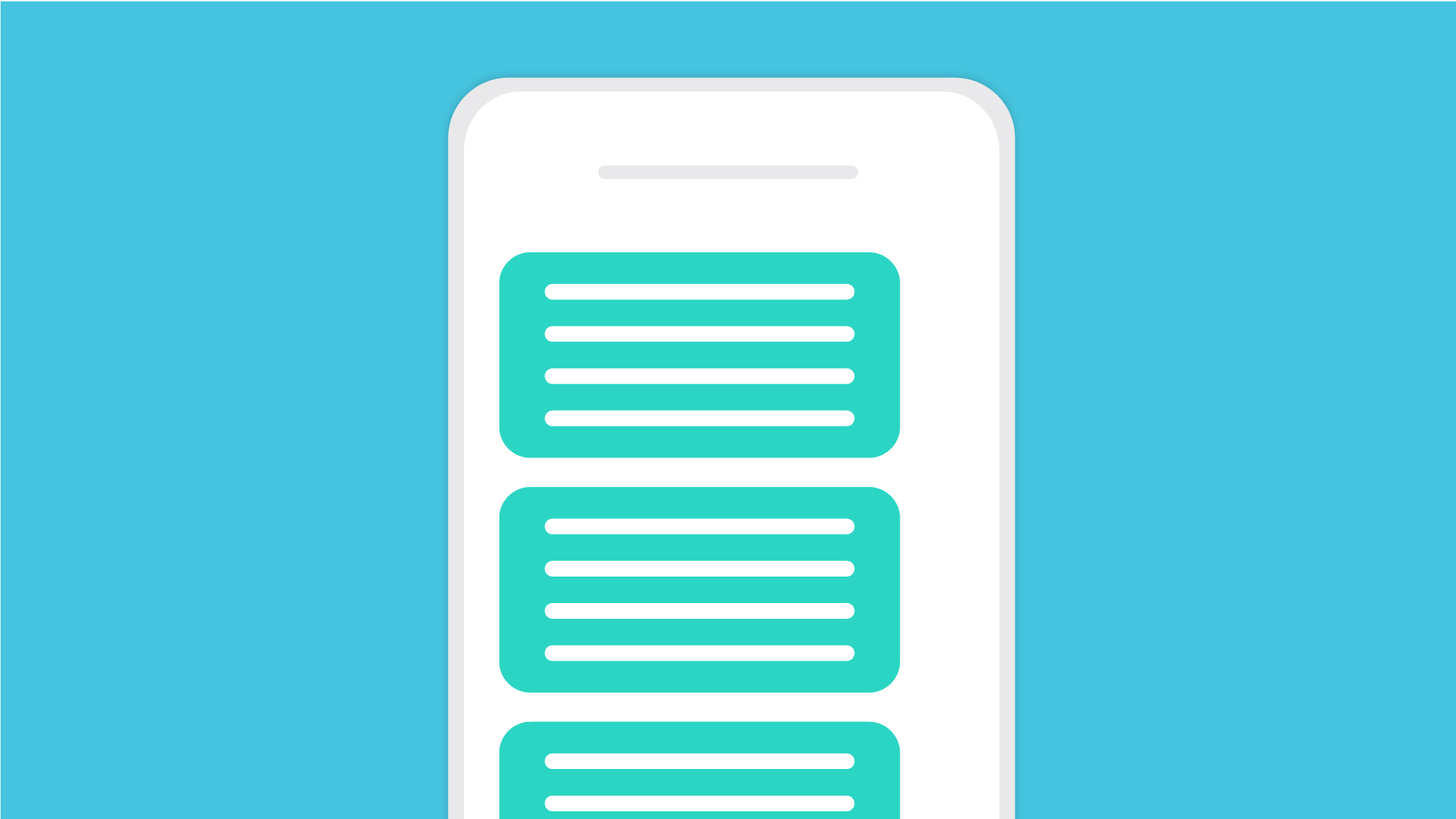4 More Bad Habits + 4 Mobile Customer Engagement Tips


We’re back with another installment in our SMS tips and bad habits series! To recap, in our last post we covered text messaging best practices around SMS compliance and writing clear, actionable copy.
Today we’ll unpack four more do’s and don’ts of running successful SMS campaigns. How often can you text customers without seeming desperate? When do you know it’s time to give them some space? Read on to up your mobile customer engagement game!
Hitting customers with four or five messages a week is only going to get your number blocked.
Sending message after message in rapid fire is an especially bad habit. Not only is it annoying, a customer’s anti-spam and anti-DoS attack safeguards can cause similar messages to be dropped. Related and equally annoying is sending duplicate messages that repeat earlier content. If you’ve already conveyed the information over SMS, there’s no need to do so again unless it’s a reminder message.
SMS marketing experts recommend sending 4-5 messages/month for the most successful SMS campaign possible. 10 messages/month is the absolute maximum, and only if there’s a really active engagement opportunity.
It’s important to note this guideline only applies to text message marketing. Important transactional messages, such as the status of claims/orders or appointments, do not have a cap. However, per the TCPA, you need to let customers know how many messages they might receive in a month when they opt-in.
For example:





If your SMS campaign involves a survey, give customers an estimate of how much time it should take to complete. Keep the number of questions and open-text responses to a minimum. Long surveys that require lots of typing are more likely to be abandoned by customers on a mobile device.
If you’ve ever gotten a text from a brand that spills over to two or even three separate messages, it’s likely because it hasn’t been encoded properly.
Special characters in SMS require two bytes instead of one byte. Incompatible encoding will cause messages with special characters to bloat and fragment, meaning they land in a customer’s inbox in multiple incomplete parts.
Nobody wants to get triple-texted… especially not by a brand.
GSM-7 character encoding is the standard alphabet for SMS messages, written in the standard GSM 03.38. You can dig in to the details of GSM 03.38 encoding later, but for now, remember to keep your messages under 140 characters. That should accommodate any URLs or links without fragmenting the message.
You obscure instructions for opting-out and fail to tell customers what SMS charges they might incur. Or, the unforgivable: you text customers in the middle of the night or after they’ve unsubscribed.
It’s good practice to warn customers about potential messaging fees when they first sign up for SMS. You can simply say, “Standard SMS rates apply.”
Text message regulations also mandate that you may not text a customer who’s opted-out of messages, or text them during non-business hours (9am-9pm local time). Don’t be that guy sending “U up?” at 3am.
We all have that friend who never responds in a timely manner. A good way to make them realize they’ve left you hanging is sending them something completely unrelated two days later. Then they text back something like, “Sorry just saw this!” or “Sorry, I was asleep when you texted me earlier!”
Whether they unintentionally missed your message the first time or not, sometimes all it takes to get a response is a gentle nudge that starts the conversation back up.
The same thing happens at the brand-customer level. Customers see your text come through while they’re at work. They make a mental note to read it later, but then six hours pass and they’ve forgotten it entirely. Or maybe they get distracted in the middle of the SMS campaign and never return to finish the workflow.
The truth is, if a customer doesn’t respond, the onus is on you to make sure they complete the campaign. Why are you responsible? You’re the one running a mobile customer engagement strategy, not them.
You don’t have to let yourself get ghosted. You can easily draw the customer back in with quick reminders to respond to an outstanding request or pick up where they let off in the workflow. A simple follow-up can go a long way in maximizing campaign completion rates.
Only by being a good texter will you build trust and enhance customer experiences through SMS. Constructed through industry recommendations and years of learnings with our own customers, follow these best practices to maximize your SMS outreach.
Ushur uses a template-based approach to solve industry-specific use cases for SMS campaigns. A state-of-the-art linguistics engine can capture unstructured inbound texts, analyze responses using our AI based Language Intelligence Service Architecture (LISA) and take intelligent actions, such as retrieving information from your system of record or routing to an agent.
Together with a drag-and-drop process and workflow builder, Ushur’s Invisible App delivers a fully-functional white-labeled conversational interface. The platform also provides real-time monitoring, audit capabilities and a powerful analytics engine.
Sample Ushur features every good texters should use include:
Invisible App is a customer engagement mobile app that automates inbound and outbound communications using conversational AI. Try it today and deliver fully branded, app-like experiences that convert more customers than ever before.